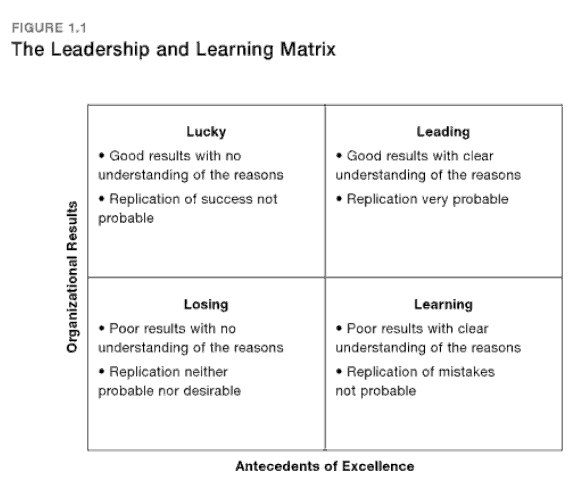U.S. Education vs. The World: "
This is an old link and was in draft status, but it's a great looking #infographic. U.S. Education vs. The World is a very cool infographic from MAT@USC. You can imagine this data as a boring series of bar charts in an academic report, but the colorful, visual design here is fantastic. The winding connecting lines can make it a little difficult for the reader to understand the data, but I think it also draws the reader in like a simple puzzle.
Thanks to Sarah for sending in the link!
 "
"
This is an old link and was in draft status, but it's a great looking #infographic. U.S. Education vs. The World is a very cool infographic from MAT@USC. You can imagine this data as a boring series of bar charts in an academic report, but the colorful, visual design here is fantastic. The winding connecting lines can make it a little difficult for the reader to understand the data, but I think it also draws the reader in like a simple puzzle.
We’ve put together this infographic that compares the United States’ education spend and performance versus eleven countries. The U.S. is the clear leader in total annual spending, but ranks 9th in Science performance and 10th in Math.
Thanks to Sarah for sending in the link!








.jpg)

